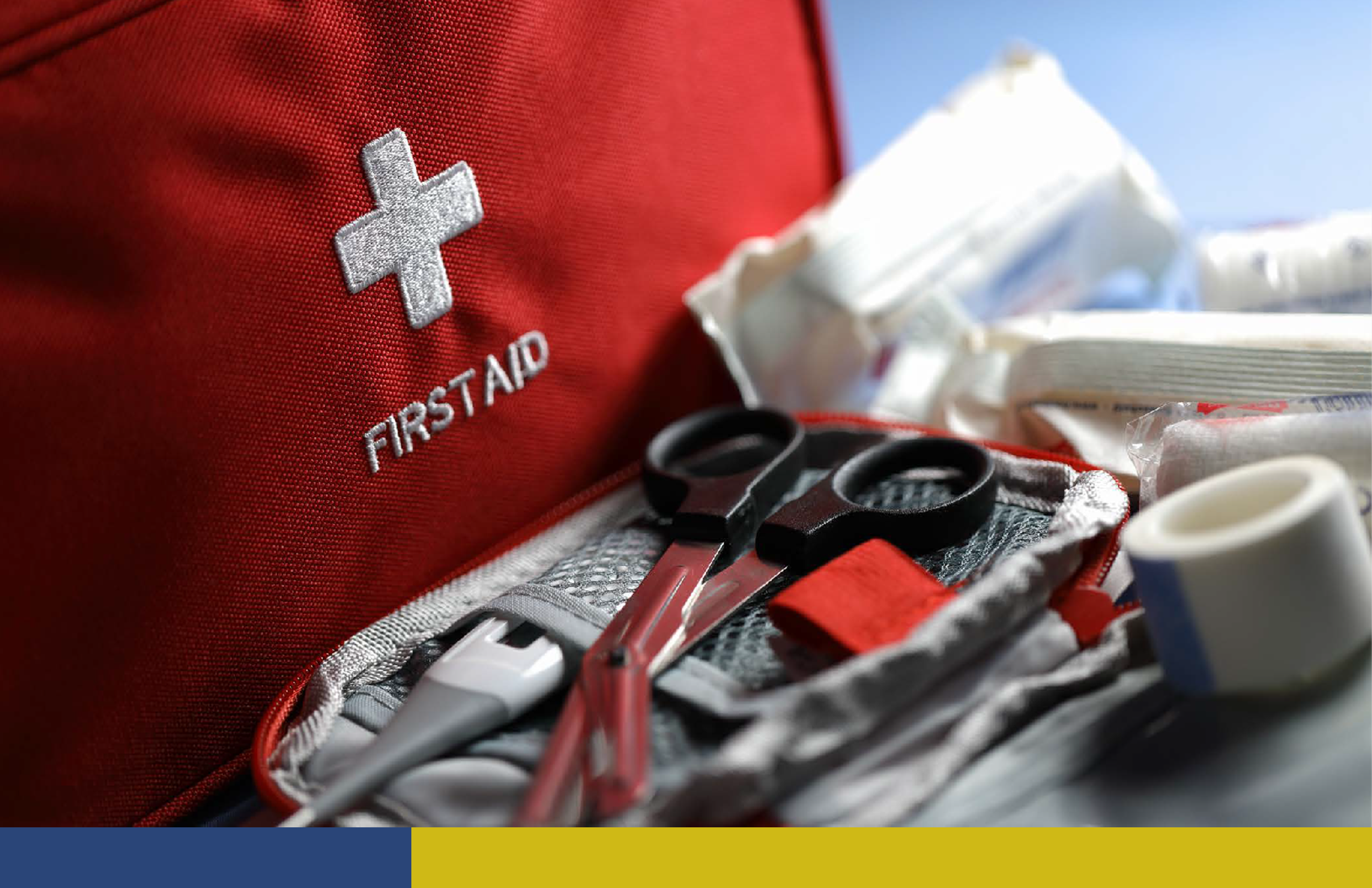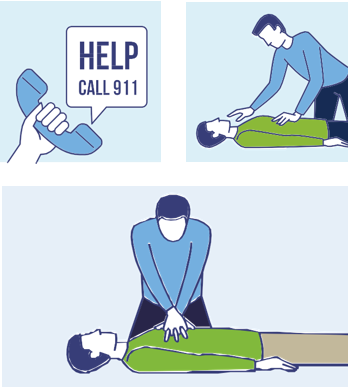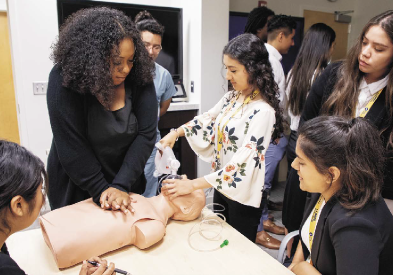 Cardiopulmonary resuscitation (CPR) is a technique that can help save the life of someone who is experiencing cardiac arrest. During cardiac arrest, the heart stops pumping blood, the blood pressure falls to zero and the pulse disappears.
Cardiopulmonary resuscitation (CPR) is a technique that can help save the life of someone who is experiencing cardiac arrest. During cardiac arrest, the heart stops pumping blood, the blood pressure falls to zero and the pulse disappears.
Within 10 seconds of cardiac arrest the victim loses consciousness and becomes unresponsive. CPR forces oxygenated blood to continue circulating to the brain, heart and other vital organs, thereby preventing potential damage. CPR can keep a victim alive until performance of more advanced procedures, including defibrillation (an electric shock to stimulate normal heart activity). A bystander who immediately begins CPR for cardiac arrest doubles the victim's chances of survival.
The American Heart Association has developed two classifications of CPR for adults: a standard version incorporating chest compressions and mouth-to-mouth respiration (for people who have undergone CPR training); and a simpler “hands only" method that anyone can perform.
 Hands-only CPR for adults (simplified CPR)
Hands-only CPR for adults (simplified CPR)
Use this technique if you have NOT undergone CPR training.
- Verify Scene Safety
Verify the scene is safe for you and the victim. You do not want to become a victim. - Call
Check the victim for unresponsiveness. If he or she does not respond to your voice, call 911 and return to the victim. The emergency dispatcher will assist you with CPR instructions. - Pump
If the victim is not breathing normally, coughing or moving, begin chest compressions. Push down on the center of the chest at least two inches right between the nipples.
Pump at the rate of at least 100 times per minute, faster than once per second. Allow the chest to return to its normal position between each push.
Continue at that pace until help arrives.
Abnormal breathing
A person may continue breathing, although abnormally, for several minutes after suffering cardiac arrest. This abnormal breathing results when the brain’s breathing center continues sending out signals even though blood circulation has ceased. Such abnormal breathing may sound like grunting, gasping or snoring. It disappears in two to three minutes. A victim breathing this way needs CPR immediately. The victim desperately needs air, and only you can provide it.
Dept Content Left
Take CPR and first-aid classes
You will be much more effective in an emergency if you have taken CPR and first-aid classes. Call the American Heart Association at 916-446-6505 and the American Red Cross at 916-993-7070 for information on classes.

Complications of CPR
Vomiting is the most frequently encountered complication of CPR. In the event of vomiting, turn the victim’s head to the side and try to sweep out or wipe off the vomit. Continue with CPR.
The spread of infection from the victim to the rescuer is exceedingly rare. No studies have ever linked transmission of HIV or AIDS to CPR. Adapted from Learn CPR: You Can Do It, published online (http://depts.washington.edu/learncpr/quickcpr.html) by the University of Washington. Used here with permission.
